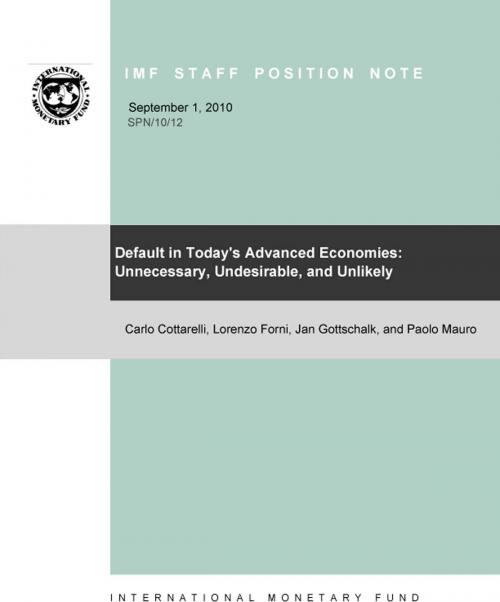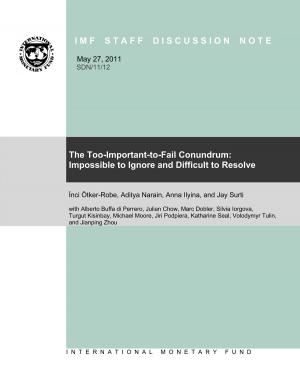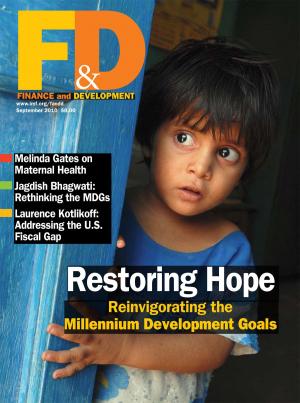Long-Term Trends in Public Finances in the G-7 Economies
Business & Finance, Economics, Money & Monetary Policy, Macroeconomics| Author: | Andrea Ms. Schaechter, Carlo Mr. Cottarelli | ISBN: | 9781455272860 |
| Publisher: | INTERNATIONAL MONETARY FUND | Publication: | September 1, 2010 |
| Imprint: | INTERNATIONAL MONETARY FUND | Language: | English |
| Author: | Andrea Ms. Schaechter, Carlo Mr. Cottarelli |
| ISBN: | 9781455272860 |
| Publisher: | INTERNATIONAL MONETARY FUND |
| Publication: | September 1, 2010 |
| Imprint: | INTERNATIONAL MONETARY FUND |
| Language: | English |
Today’s record public debt levels in most advanced economies are not only a direct fall-out from the global crisis. Public debt had ratcheted up over many decades before, when it had been used, in most of the G-7 countries, as the ultimate shock absorber—rising in bad times but not declining much in good times. Alongside, primary spending increased, particularly during 1965–85, reflecting predominantly a surge in health care and pension spending. Looking ahead, advanced economies will face the formidable challenge of reducing debt ratios at a time when ageing-related spending, in particular often underestimated pressures from health care systems, will put additional pressure on public finances. Addressing these fiscal challenges will require growth-friendly structural reforms, a fiscal strategy involving gradual but steady fiscal adjustment, stronger fiscal institutions, expenditure and revenue reforms, and an appropriate degree of burden sharing across all stakeholders.
Today’s record public debt levels in most advanced economies are not only a direct fall-out from the global crisis. Public debt had ratcheted up over many decades before, when it had been used, in most of the G-7 countries, as the ultimate shock absorber—rising in bad times but not declining much in good times. Alongside, primary spending increased, particularly during 1965–85, reflecting predominantly a surge in health care and pension spending. Looking ahead, advanced economies will face the formidable challenge of reducing debt ratios at a time when ageing-related spending, in particular often underestimated pressures from health care systems, will put additional pressure on public finances. Addressing these fiscal challenges will require growth-friendly structural reforms, a fiscal strategy involving gradual but steady fiscal adjustment, stronger fiscal institutions, expenditure and revenue reforms, and an appropriate degree of burden sharing across all stakeholders.















